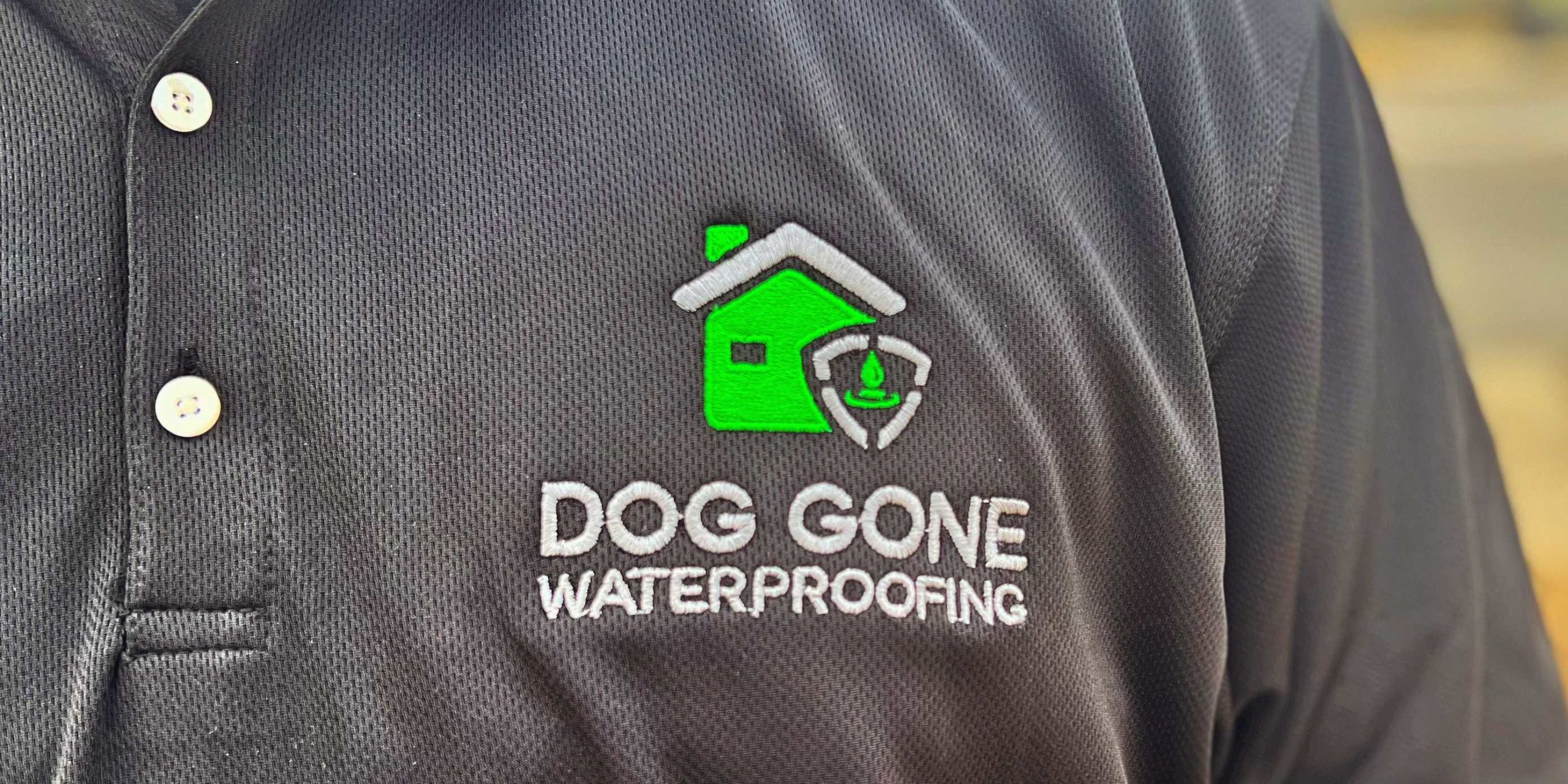Insulation

The insulation in your crawl space serves an important purpose. To keep the warm air inside your house on a cold winter day and not let those freezing temperatures from your crawl space make your sub-floors cold.
Whatever can help stop cold winter air from freezing your floors and keep you from needing to run your heater on high all winter long, would seem like the smart thing to do.
But when it comes to the type of insulation that you have installed in your crawl space, you don't want to solve one problem and end up creating another potentially bigger problem.
All too often, we see extensive damage caused to homes from water soaked insulation in their crawl space. Wet insulation causes wood rot, mold, insect infestations, termites, and lots of damage to the structure of your home and to the health of those living in your home.
The main two types of insulation that we don't want to see in your crawl space are Batt Insulation and Loose Fill or Blown-In Insulation. These are less of a problem in your attic, which generally stays pretty dry unless you have leaks in your roof.
But in your crawl space, these types of insulation act like a sponge. They soak up and retain moisture and will do much more harm than good in the long run.
Batt Insulation is generally made up of fiberglass, natural fibers, mineral wool or plastic fibers and they usually come in roll form. They can fit perfectly between your floor joists in your crawl space and can help warm your sub-floor, but they will also wreak havoc when they get wet.
Loose-Fill or Blown-In Insulation should never be used in your crawl space. Only in your attic. But unfortunately, we have seen a couple of crawl spaces where someone attempted this. Needless to say, it was a disaster down there and a terribly unhealthy environment.
Foam Board Insulation is made up of very sturdy boards of insulation that can be used on foundation walls in the crawl space. They are less of a problem to use in a crawl space that is typically dry, but they're not always cost effective for the amount of insulation that they provide.
Spray Foam Insulation is the best type of insulation for a crawl space. It’s twice as effective as batt insulation and it can fill small cavities and crevices that other types of insulation can not.
Note that there are two types of spray foam insulation. Closed cell and open cell. Closed cell can be more expensive, but it is moisture resistant. This is the only type of insulation that Dog Gone Waterproofing would recommend in your crawl space.
Open cell spray foam insulation is water-absorbent, which you don’t want in your crawl space. When it comes to your crawl space, you want a moisture barrier. Not a sponge that retains water.
If you have questions about your crawl space insulation needs, contact Dog Gone Waterproofing for a free crawl space assessment. Every crawl space is unique and there’s no one-size fits all solution.
Our certified waterproofing specialists can guide you on any crawl space questions you may have and help you weigh the pros and cons to make the best decision for your family.
